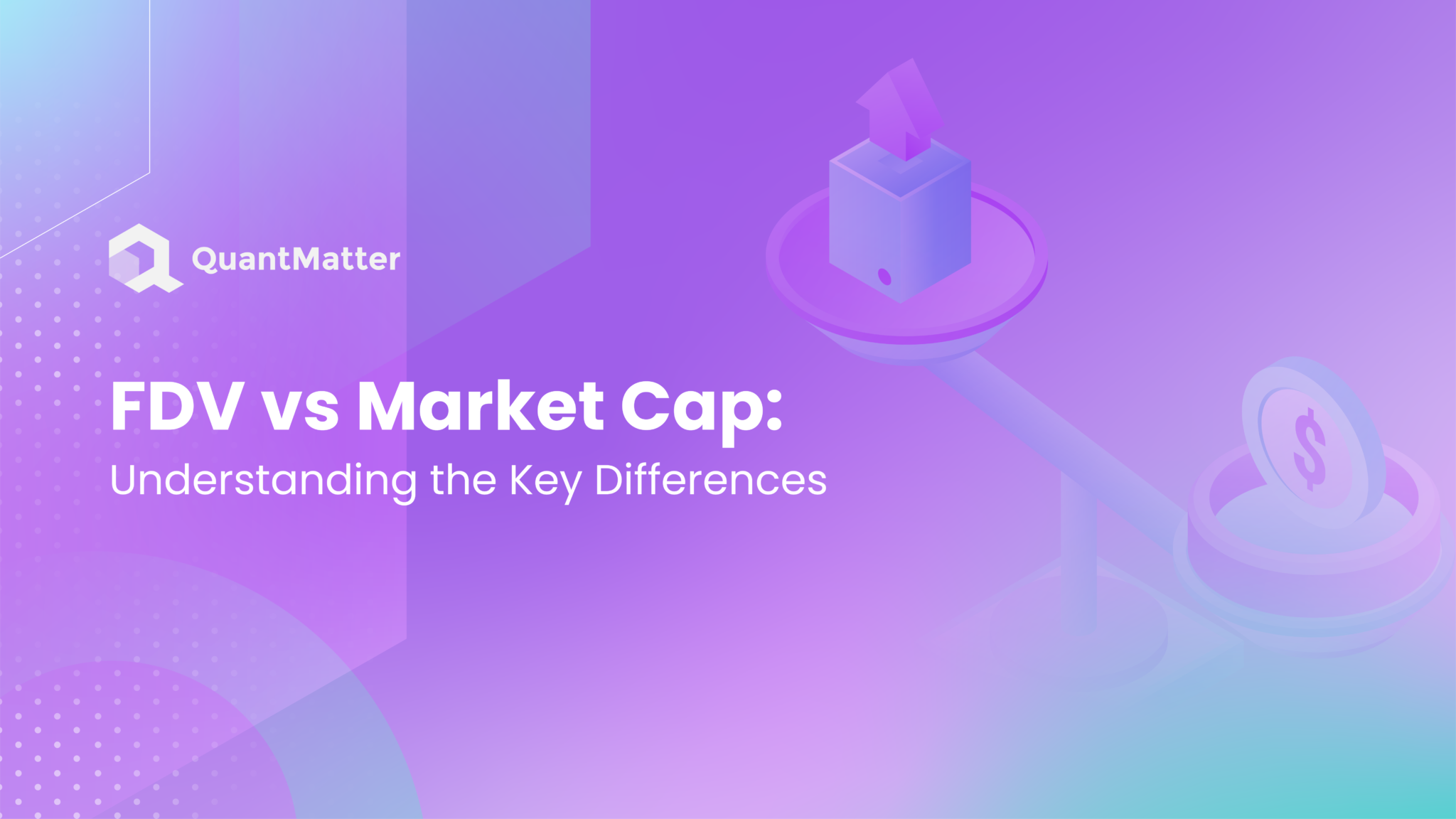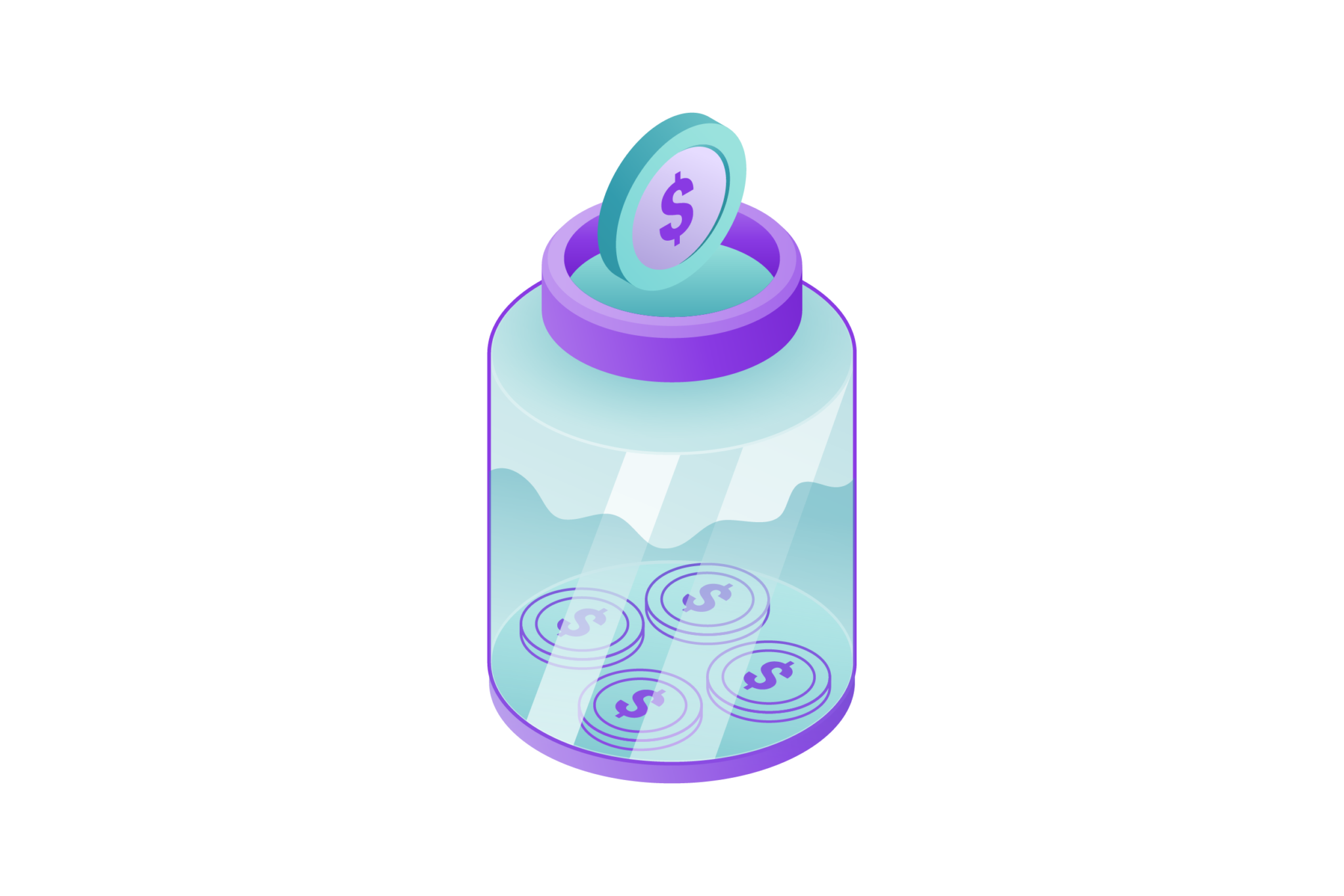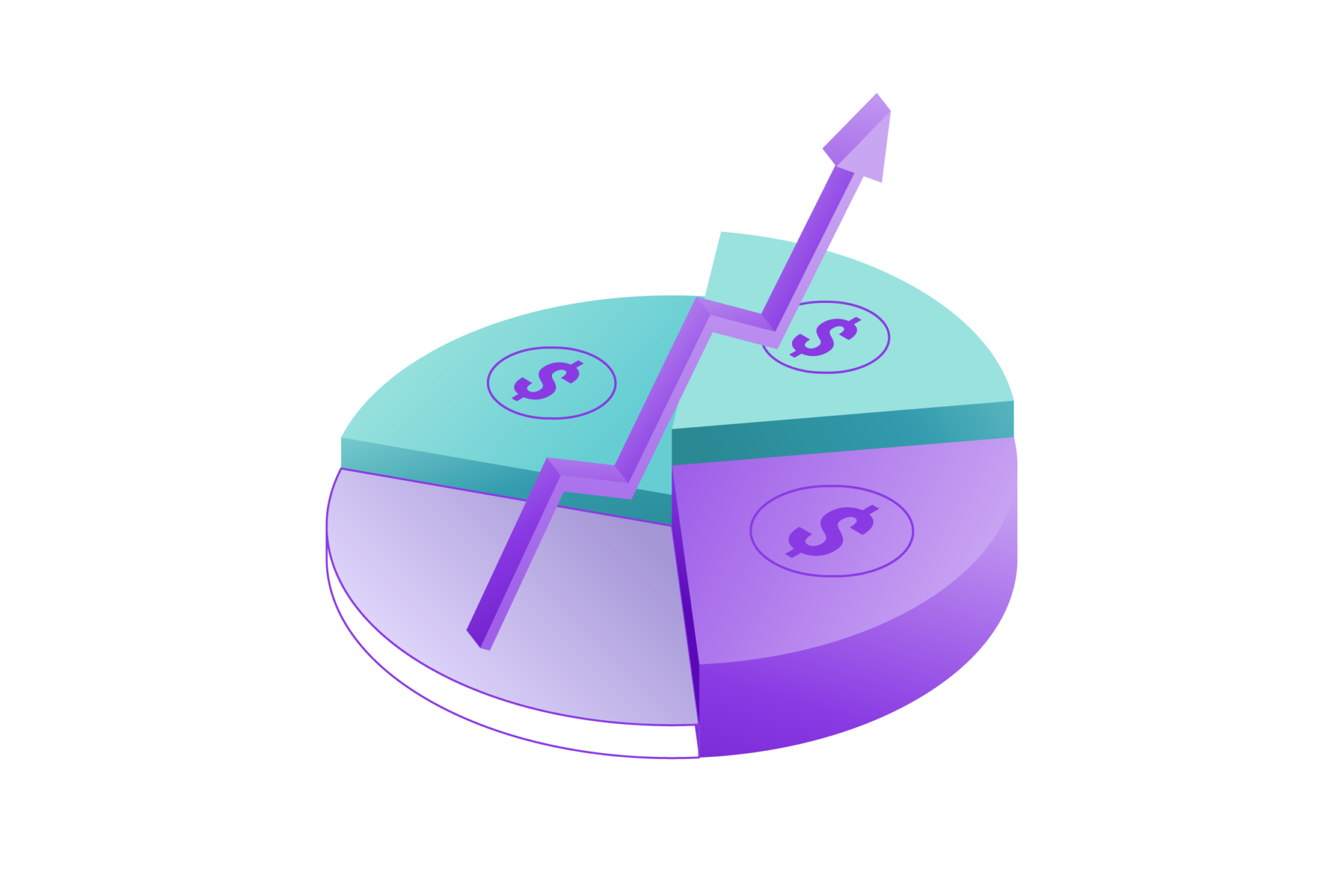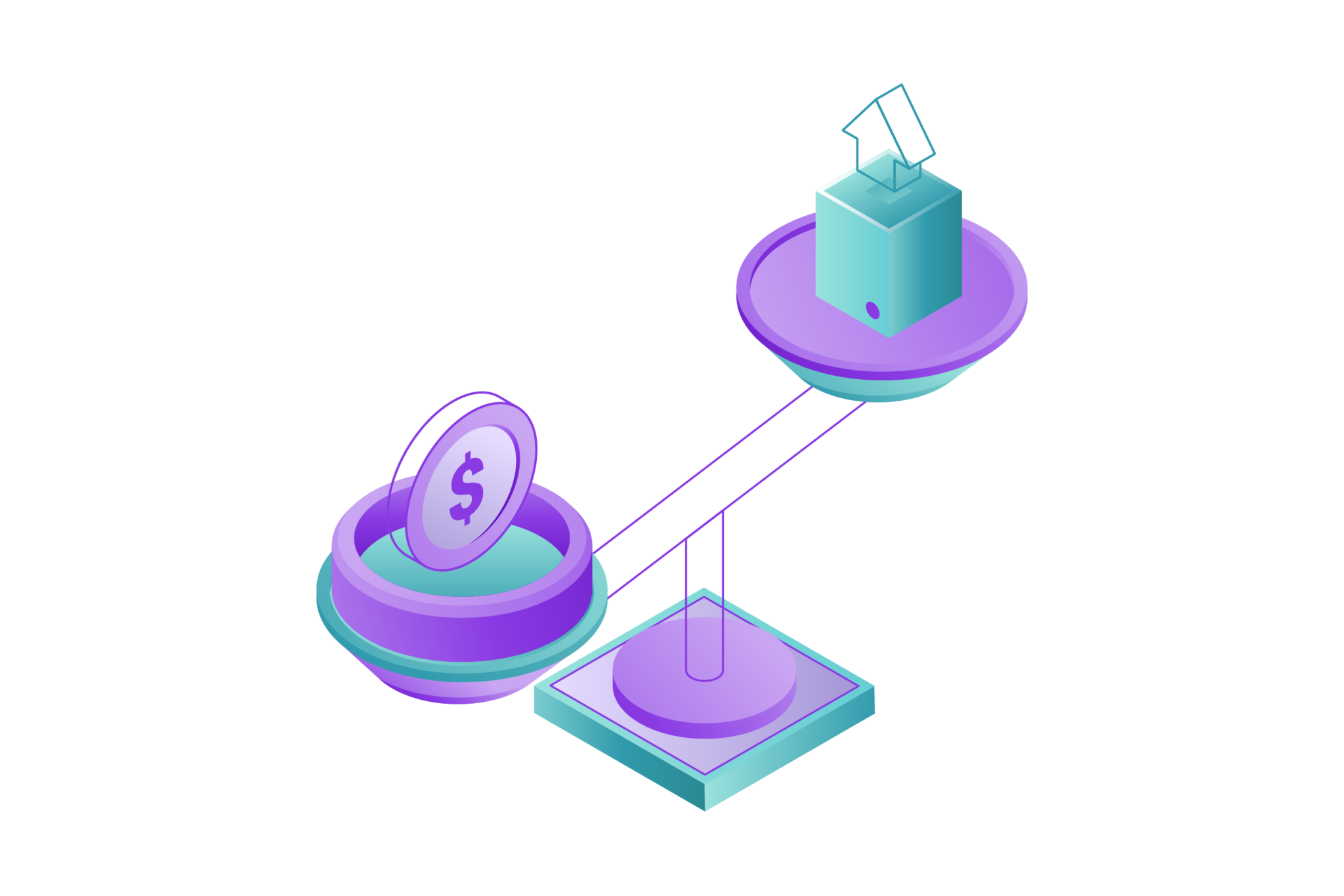
Understanding the differences between FDV and Market Cap is essential for both novice and seasoned investors. By grasping how each metric is calculated and what it represents, you can make better decisions about where to allocate your resources in the ever-evolving crypto market.
In the world of cryptocurrency, understanding various financial metrics is crucial for making informed investment decisions. Two key terms that often come up are Fully Diluted Valuation (FDV) and Market Capitalization (Market Cap). While they may seem similar at first glance, they represent different aspects of a cryptocurrency’s value and can significantly influence how investors perceive the potential of a project.
Fully Diluted Valuation, or FDV, considers the total value of a cryptocurrency assuming all possible tokens are in circulation. This metric provides insight into the potential future value of a cryptocurrency, but it also introduces various risks and uncertainties. On the other hand, Market Cap is the current value of a cryptocurrency based on its circulating supply, offering a more immediate view of its market standing.
What is Fully Diluted Valuation (FDV)?

Fully Diluted Valuation (FDV) is a financial metric used to estimate the total value of a cryptocurrency if all its possible tokens were in circulation. FDV is calculated by multiplying the maximum supply of tokens by the current price per token. This gives investors an idea of what the total market value of a cryptocurrency could be in the future, assuming all tokens are eventually released and traded on the market.
Also Read: Implementation Shortfall Algorithm: A Comprehensive Guide
For example, if a cryptocurrency has a total maximum supply of 1 million tokens and each token is currently priced at $10, the FDV would be $10 million. This figure represents the potential maximum value of the project but does not account for when or if all these tokens will be released.
FDV is often used by investors to gauge the future potential of a cryptocurrency, but it also carries risks. The actual market performance of a cryptocurrency may vary significantly from its FDV due to factors such as token distribution, market demand, and the project’s development progress. Therefore, while FDV provides a glimpse into possible future valuations, it should be interpreted with caution.
What is Market Capitalization (Market Cap)?

Market Capitalization, commonly referred to as Market Cap, is a widely used metric that represents the total value of a cryptocurrency in the market based on its circulating supply. It is calculated by multiplying the current price of a single token by the number of tokens that are currently in circulation. This provides a snapshot of the cryptocurrency’s current standing in the market, reflecting how much investors are willing to pay for all the tokens available at the present time.
For instance, if a cryptocurrency has 500,000 tokens in circulation and each token is priced at $20, the Market Cap would be $10 million. This figure is an essential indicator of the cryptocurrency’s relative size and market presence compared to others. Generally, cryptocurrencies with higher Market Caps are considered more stable and established, while those with lower Market Caps may be viewed as more volatile or speculative.
Market Cap is often used by investors to compare different cryptocurrencies and to gauge their relative strength in the market. A higher Market Cap typically suggests that the cryptocurrency is more widely accepted and trusted by the investor community. However, it’s important to note that Market Cap alone does not tell the whole story. It should be considered alongside other factors such as the project’s fundamentals, development progress, and market conditions.
Another critical aspect of Market Cap is that it reflects the value based only on the circulating supply of tokens, not the total or maximum supply. This means that Market Cap gives a more immediate and realistic view of the cryptocurrency’s current market value, as opposed to the potentially speculative nature of FDV. Investors often look at Market Cap to assess the liquidity and stability of a cryptocurrency, as it gives an idea of how much money is currently invested in the project.
Key Differences Between FDV and Market Cap

While Fully Diluted Valuation (FDV) and Market Capitalization (Market Cap) are both used to assess the value of a cryptocurrency, they serve different purposes and reflect different aspects of a project’s potential and current state. Understanding these key differences is essential for making informed investment decisions.
1. Basis of Calculation
FDV is calculated based on the total maximum supply of tokens that could ever exist, assuming they are all in circulation. In contrast, Market Cap is calculated using only the circulating supply of tokens currently available in the market. This fundamental difference means that FDV often projects a future potential value, while Market Cap reflects the cryptocurrency’s current market value.
2. Time Horizon
FDV is inherently forward-looking, providing a hypothetical scenario where all tokens are in circulation. This makes it useful for assessing the long-term potential of a cryptocurrency, especially for projects in their early stages with a significant number of tokens yet to be released. On the other hand, Market Cap offers a snapshot of the present moment, giving investors a more immediate understanding of a cryptocurrency’s market presence.
3. Risk and Speculation
Because FDV is based on a future scenario that may or may not materialize, it introduces a higher level of speculation. Factors such as token release schedules, market demand, and project execution can all impact whether the projected FDV is ever realized. Market Cap, however, is grounded in the current reality, making it a less speculative and more stable metric for assessing a cryptocurrency’s value.
4. Investor Perception
Investors often view Market Cap as a measure of a cryptocurrency’s established position in the market. A higher Market Cap usually indicates a more mature and stable project with widespread acceptance. FDV, however, may appeal to investors looking for high-growth opportunities, as it highlights the potential upside of a project if all tokens are eventually circulated.
5. Use Cases
FDV is particularly useful for investors who are considering long-term investments and want to understand the full potential of a project. It is also valuable for assessing the potential impact of token release schedules on future prices. Market Cap, on the other hand, is widely used for comparing the relative size of different cryptocurrencies, determining rankings, and assessing liquidity.
Understanding these differences allows investors to choose the right metric for their specific investment strategy. While FDV can highlight the future potential of a cryptocurrency, Market Cap provides a grounded view of its current market value, making both metrics important in different contexts.
How FDV and Market Cap Influence Investment Decisions
When it comes to making investment decisions in the cryptocurrency market, both Fully Diluted Valuation (FDV) and Market Capitalization (Market Cap) play crucial roles. Each metric offers unique insights that can guide investors in understanding the potential risks and rewards associated with a particular cryptocurrency.
1. Assessing Risk and Reward
FDV provides a lens through which investors can evaluate the long-term potential of a cryptocurrency. For projects with a low current Market Cap but a high FDV, there might be significant room for growth as more tokens are released and the project matures. However, this also comes with higher risk, as the actual value may never reach the projected FDV due to factors like poor project execution, market saturation, or lack of demand.
Conversely, a cryptocurrency with a high Market Cap and a relatively lower FDV may suggest that the majority of its tokens are already in circulation, implying less future dilution risk but possibly less room for explosive growth. This makes such cryptocurrencies potentially safer but with a more modest upside.
2. Timing the Investment
Investors often use FDV to determine the right timing for entering a position in a cryptocurrency. For instance, if a project has a high FDV but only a small portion of its tokens are currently in circulation, an investor might choose to wait until more tokens are released, which could lead to a more favorable price entry point.
On the other hand, Market Cap is often used to identify established cryptocurrencies that have already proven their value and stability in the market. These assets might be more attractive to investors looking for lower-risk opportunities, especially during periods of market uncertainty.
3. Portfolio Diversification
Both FDV and Market Cap can influence how investors diversify their portfolios. High FDV projects might be seen as high-risk, high-reward investments and could constitute a smaller, more speculative portion of an investor’s portfolio. In contrast, cryptocurrencies with high Market Caps might be seen as safer bets, suitable for the core holdings of a diversified portfolio.
4. Understanding Market Sentiment
Market Cap can also be an indicator of market sentiment. Cryptocurrencies with a rising Market Cap are often in the spotlight, attracting more attention and potentially leading to further price increases. FDV, while less directly tied to market sentiment, can indicate how the market perceives the future potential of a project. A wide gap between FDV and Market Cap might suggest that investors are cautious about the project’s future or are waiting for more developments before fully committing.
By understanding how FDV and Market Cap influence these aspects of investment, investors can better align their strategies with their risk tolerance and financial goals.
Practical Examples of FDV and Market Cap in Cryptocurrency Projects
To better understand the practical applications of Fully Diluted Valuation (FDV) and Market Capitalization (Market Cap), let’s examine a few real-world cryptocurrency projects. These examples will illustrate how these metrics are used by investors to evaluate different investment opportunities.
Example 1: Bitcoin (BTC)
Bitcoin, the first and most well-known cryptocurrency, provides a straightforward example of how Market Cap is used. As of today, Bitcoin has a circulating supply of around 19 million BTC out of a maximum supply of 21 million. Given its large Market Cap, Bitcoin is considered the most stable and reliable cryptocurrency, attracting investors who prioritize security and long-term value preservation.
Bitcoin’s FDV is relatively close to its Market Cap because the majority of its tokens are already in circulation, with the remaining tokens being slowly released through mining. This proximity between FDV and Market Cap indicates that Bitcoin’s future potential is more about sustaining its current market position rather than achieving explosive growth.
Example 2: Ethereum (ETH)
Ethereum offers a more nuanced example. Ethereum’s Market Cap is significant, reflecting its status as the leading platform for decentralized applications (dApps) and smart contracts. However, Ethereum’s FDV can vary depending on the assumptions made about its future supply. Unlike Bitcoin, Ethereum does not have a fixed maximum supply, and its issuance is adjusted through protocol upgrades and community decisions.
This flexibility in Ethereum’s supply makes the relationship between its Market Cap and FDV more complex. Investors often watch Ethereum’s development closely to gauge how changes in its supply mechanics could impact its FDV and, by extension, its long-term investment potential.
Example 3: A New DeFi Project
Consider a new decentralized finance (DeFi) project with a low Market Cap but a high FDV. This discrepancy often occurs in projects that have only released a small fraction of their total token supply to the public, with the remaining tokens locked up in team reserves, staking rewards, or other mechanisms.
Investors might view such a project as a high-risk, high-reward opportunity. The high FDV suggests that if the project succeeds, its total value could grow significantly as more tokens are released and the project gains adoption. However, the low current Market Cap might indicate that the project is still in its early stages, with many unknowns and potential challenges ahead.
In this case, investors need to consider the timing of token releases, the project’s roadmap, and market demand to assess whether the potential rewards justify the risks.
Also Read: 12 Best Crypto Hedge Funds to Check this 2024
Example 4: A Token with a High Market Cap but Low FDV
On the flip side, some projects may have a high Market Cap but a relatively low FDV because they have already released most of their tokens into circulation. These projects are often more mature, with a well-established market presence. Investors might see these as safer investments, with less risk of price dilution from future token releases.
For instance, a mature platform token with a Market Cap close to its FDV might be considered a good investment for those looking for stability and consistent returns, rather than speculative gains.
These examples highlight how FDV and Market Cap can provide different perspectives on a cryptocurrency’s value and potential. By analyzing both metrics, investors can gain a more comprehensive understanding of the risks and opportunities associated with a particular project.
Conclusion
Understanding the differences between Fully Diluted Valuation (FDV) and Market Capitalization (Market Cap) is crucial for anyone involved in the cryptocurrency market. While both metrics provide valuable insights into a cryptocurrency’s value, they serve different purposes and should be used in complementary ways to make informed investment decisions.
FDV offers a glimpse into the potential future value of a cryptocurrency by considering the total possible supply of tokens. This metric is particularly useful for assessing long-term growth potential, especially in projects where a significant portion of the token supply has yet to be released. However, FDV also comes with higher risks, as it relies on assumptions about future market conditions, token release schedules, and overall project success.
On the other hand, Market Cap provides a snapshot of the current value of a cryptocurrency based on its circulating supply. It is a widely used metric that helps investors compare the relative size and stability of different cryptocurrencies. A high Market Cap often indicates a well-established project with lower risk, while a lower Market Cap may suggest a more speculative investment with higher potential rewards.
When used together, FDV and Market Cap can give investors a more holistic view of a cryptocurrency’s value. By considering both the current market conditions and the future potential, investors can better align their strategies with their risk tolerance and financial goals. Whether you are looking for stable, long-term investments or high-risk, high-reward opportunities, understanding these key metrics will help you navigate the dynamic and often unpredictable world of cryptocurrency.
In the rapidly evolving landscape of digital assets, staying informed and making data-driven decisions is more important than ever. By leveraging both FDV and Market Cap, you can position yourself to make more strategic and successful investments in the cryptocurrency market.
Disclaimer: The information provided by Quant Matter in this article is intended for general informational purposes and does not reflect the company’s opinion. It is not intended as investment advice or a recommendation. Readers are strongly advised to conduct their own thorough research and consult with a qualified financial advisor before making any financial decisions.

I'm Carina, a passionate crypto trader, analyst, and enthusiast. With years of experience in the thrilling world of cryptocurrency, I have dedicated my time to understanding the complexities and trends of this ever-evolving industry.
Through my expertise, I strive to empower individuals with the knowledge and tools they need to navigate the exciting realm of digital assets. Whether you're a seasoned investor or a curious beginner, I'm here to share valuable insights, practical tips, and comprehensive analyses to help you make informed decisions in the crypto space.
- Carinahttps://quantmatter.com/author/carina/
- Carinahttps://quantmatter.com/author/carina/
- Carinahttps://quantmatter.com/author/carina/
- Carinahttps://quantmatter.com/author/carina/
